What Is Sociogram
Create a Sociogram Online Free Free Download Free Download Free Download Free DownloadWhat Is a Sociogram?
The graphical representation of interpersonal relationships within a constant collective is a sociogram. In other words, a sociogram explains how the people in this group ( e.g., in job teams, school classrooms, conference groups, etc.) respond to each other. So it is possible to imagine and chart positive and negative relationships as well as dominant sympathies and antipathies within group members.
A sociogram is a visual representation of the relations between a particular group. A sociogram has the function of uncovering the underlying relationships between individuals. You may use a sociogram to enhance the interpretation of social behaviours. Thus a sociogram makes structures within this group measurable and is one of the sociometry's most important methods of presentation, a method of empirical social research.
Application Scenarios of Sociograms
- Sociograms for small groups may also be generated by direct observation, but broad group visualization benefits from surveys asking questions about the relationships a person has with other group members.
- Sociograms are often used in industry to obtain knowledge that can help create more efficient contact practices, increase the successful involvement of participants in initiatives and promote a culture of creativity.
- Sociogram is mainly used in school classrooms in recent years. This is used by teachers to reflect the relationships and disagreements of their students graphically, and then to use the information acquired to direct the community process within the curriculum.
Benefits of Using a Sociogram
- You may use a sociogram to enhance the interpretation of social behaviours. To construct a sociogram you need to calculate either a positive or a negative parameter.
- Sociograms can be used to help teachers identify significant issues within the classroom, social groups, changes in group structures, and more equations between the pupils.
- For organizations, sociograms are used to evaluate the interactions between teams and regions.
- It will act as a foundation for business growth, team coaching, and even for individual coaching-in a changed form.
- In the seminar area too, a sociogram can help imagine group interactions and interpersonal relationships.
Types of Sociogram
- Egocentric Sociogram
- Network Sociogram
Visualize all the cases related to one specific case (the ego). The diagram is comprised of vertices (representing cases) and edges (relationship showing). The ego is represented as the shape of a star. Relationships are marked by cases.
Visualize a community of cases to see how they relate to each other. This form of sociogram can involve cases which are separated. The diagram consists of vertices (cases) and rims (relationships). Relationships between cases are marked, and this form of sociogram can include isolated cases.
Sociogram Symbols
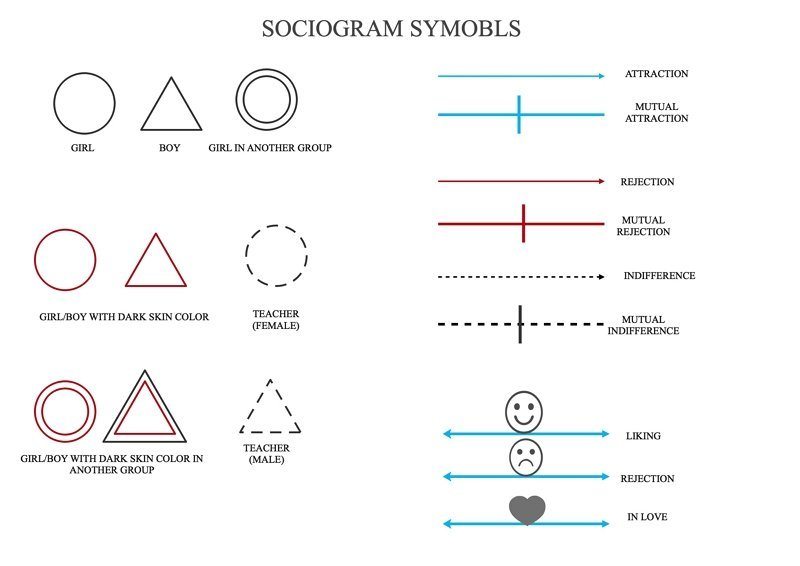
The lines shown above of a partnership are recommendations. They can be produced and supplemented individually, as appropriate. The color arrangement of the lines or their patterns defines the individual response of one person to another member of a group.
For example, in front of the other person, a dotted or dashed line reflects "fear," a thin line suggests "annoyance," and a thick black line "dominance" over another. The symbolism merely acts as a hint. Meanwhile, a number of other important icons are circulating rapidly.
How To Use a Sociogram?
- Determine who will be involved
- Ask the right questions
- What would I like to have a casual talk with?
- Whom could I confide a secret?
- How would I want to be part of a working party for me?
- Who would I like to collaborate with on project XY?
- Who can I count on in a delicate team situation (for example if the group hits me)?
- Evaluation
- Step 1 Open EdrawMax and select a blank canvas.
- Step 2 Use the wide range of symbols from the libraries available to create your sociogram.
- Step 3 Add in your text and design the sociogram to suit the requirements. You can also icons from the multitude of options available.
- Step 4 Save and export your diagram to any file type you wish to. As EdrawMax is compatible with multiple file types.
You will first determine which individuals are to be included in the sociogram. Will it be just the members of an established joint team/group or should it include the members of another participating team? That depends on what issue the sociogram is to pursue.
It makes sense to confine yourself to the current group in order to take stock and log the community process in teams or school classrooms. It also tends to spot tensions, partnerships and small parties.
The questions should be clearly formulated in such a way as to make clear statements of affection or aversion. A single sociogram 's informational meaning, which is initially just a snapshot, is less than the importance of multiple sociograms that are recreated after some time. Only then can it take account of developments within the group. Some examples -
It is critical for the evaluation that conclusions are drawn not solely on the basis of the representation. The choices for the answer are always constrained in advance. Therefore additional interviews will take place afterwards or the participants' contact will be witnessed. For addition, there is a requirement for a strong degree of caution, and there is no marginalisation.
How To Create a Sociogram?
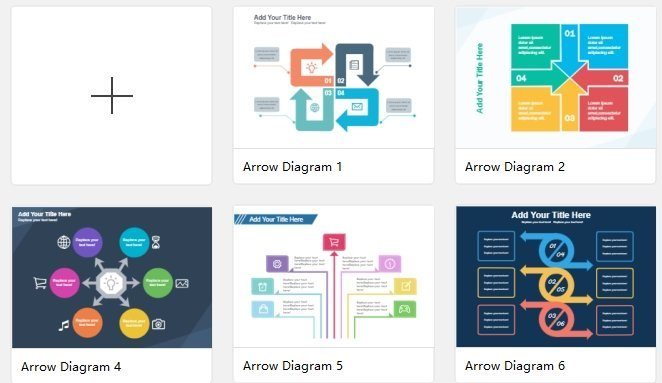
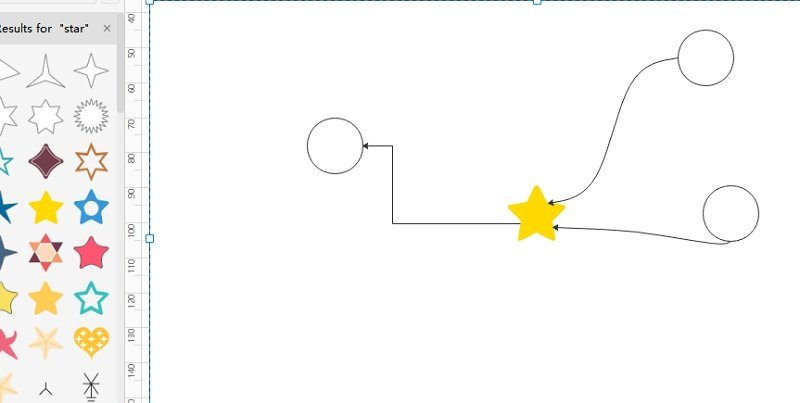
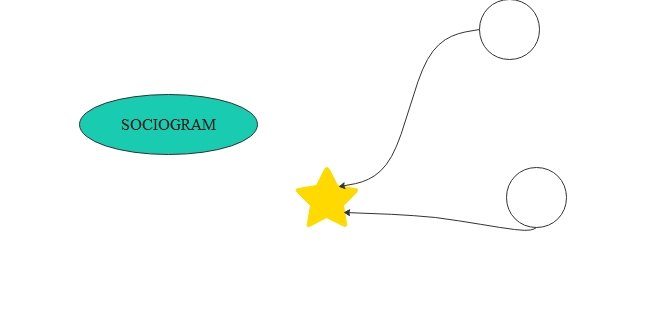
Example of Sociogram
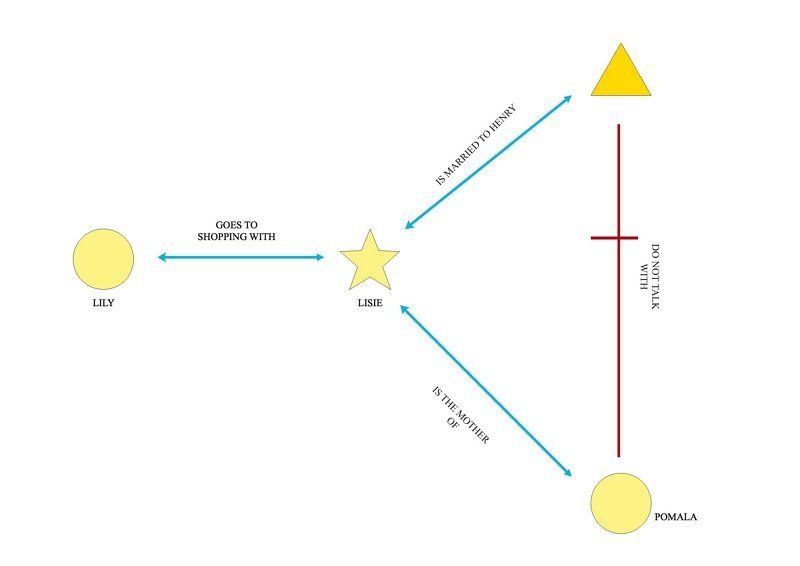
In the above example, we can see a simple sociogram of a family’s dynamic. Symbols are used to signify the relationship they share with each other.

In this example, a software developer’s social life (including personal and professional) is illustrated.
Key Takeaways
A sociogram is a set of graphs representing the relationships between individuals within a group to chart the social network of the group. Sociograms for smaller groups can most often be created by direct and clear observation.
But for large groups mapping benefits from surveys asking questions about the relationships an individual has with other group members in the group. EdrawMax has the option of various templates and illustrations available to allow you to quickly create a sociogram and save valuable time.


